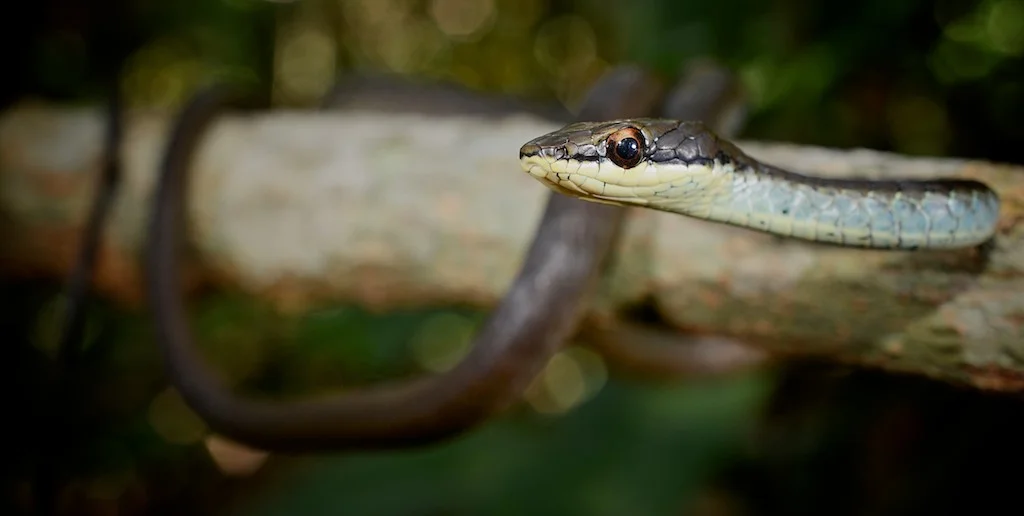Author Guidelines
Download these author guidelines as a PDF.
Manuscript preparation
Manuscripts should be double-spaced and, if submitted electronically (the preferred format), should be in the form of a Microsoft Word file. The TITLE should be in bold capitals and centred, and should followed on the next lines by the author names, then on the next line by author addresses/affiliations (centred, not bold, not capitalised).
For Articles, the following headings should be used, when relevant: INTRODUCTION, MATERIALS AND METHODS, RESULTS, DISCUSSION, ACKNOWLEDGMENTS and REFERENCES (centred, bold and capitalized). An ABSTRACT may be provided, preceding the INTRODUCTION. Subheadings within these sections should be in Title Case, bold and not centred. Headings are not used for Notes.
Paragraphs are separated by a line space, are not indented, and are left-justified. Current taxonomic combinations should be used unless the manuscript is itself of a taxonomic nature proposing new combinations or new taxa. Scientific names should be italicized, and spelt out in full on the first use (e.g., Delma australis). The generic name can be abbreviated for subsequent usages (e.g., D. australis). However, sentences must not commence with an abbreviation. Latitude and longitude should be provided for localities. For measurements and other values, there should be a space inserted between the value and the measurement type (e.g., 25 mm, not 25mm).
Figures and Tables should be referred to in the text as (Figure 1; Table 1). Figure and Table captions should be in bold. Tables should be placed separately, at the end of the manuscript rather than embedded in the text.
References
References should be cited in the text of the manuscript by author and date, either as (Cogger, 1975; Wilson & Swan, 2000; Storr et al., 1981) for, successively, one, two or more than two authors, or in narrative form as Wilson and Swan (2000) and Storr et al. (1981).
Full references should be provided at the end of the manuscript in the following format:
For a paper:
Anderson, A.S., Monasterio, C. & Shoo, L.P. 2010. Breeding behavior of the poorly known Australian hylid frog Litoria longirostris. Herpetofauna 40: 9-12.
For a book:
Cogger, H.G. 1992. Reptiles and Amphibians of Australia. Fifth Edition. Reed Books, Port Melbourne.
For a book chapter or section:
Whittier, J. 1993. Behavioural repertoire of Carlia rostralis (Scincidae) in the Wet Tropics of Queensland, Australia. Pp. 305-310 in, Lunney, D. & Ayers, D. (eds.). Herpetology in Australia. A Diverse Discipline. Royal Zoological Society of New South Wales, Mosman.
Note that issue numbers are not provided for journal articles unless the issues in a volume are independently paginated (as is the case for some of the early volumes of Herpetofauna, where issue 1 and issue 2 within a volume both commenced with page 1). Note also that references are left justified (not with any indent), and separated by a line space.
Figures
Figures should preferably be provided as digital images, although hard copy (photographic prints, slides) may be provided if necessary. Digital images (line drawings, black and white photographs, maps, colour photographs) should be provided as separate files, either in .jpg or .tif format, not embedded within a Word document. Digital images should not be provided at less than 300 dpi, and width 12 cm, or else significant degradation of the image may result in the final printed paper.
Manuscript submission and review
Manuscripts and figures should be emailed to the Editor, Dr Glenn Shea, at the following address: glenn.shea@sydney.edu.au (preferable), or if only hard copy is available, mailed to the Affiliation postal address: Australasian Affiliation of Herpetological Societies, PO Box R307, Royal Exchange, Sydney, NSW 2000.
All Research Reports and Notes are peer reviewed by at least two independent reviewers (sometimes three, if significant disagreement occurs between reviewers), and a decision made on publication by the editor following receipt of the reviews. Minor changes suggested by the referees will be incorporated into the manuscript and, following approval of these changes by the author(s), the manuscript accepted for publication.
Significant changes will require the manuscript to be revised and a fresh manuscript submitted. The editor is happy to work with less experienced authors in manuscript revision.
Reprints
On publication, authors are provided with a pd file of their paper. This may be placed by authors on publically accessible websites.
